
La seconda delle due residenze artistiche per il 2019 ha avuto luogo a Conzano dal 10 al 24 giugno, con un’apertura speciale a Dryphoto, Prato. Ginny Sykes ( USA ) è l’ artista che è stata presente con un progetto che lei stessa ha voluto intitolare “Collaborazioni oltre il velo”. Sykes intrattiene con l’Italia un rapporto significativo da vari anni ed è stata selezionata per la residenza Artegiro in particolare per darle l’opportunità di sviluppare il suo più recente progetto che si rapporta alla sua esperienza collaborativa con una figura dell’arte italiana recentemente scomparsa, Teresa Mangiacapra.

Come curatore della residenza ho cercato di creare un opportunità per Sykes di presentare la sua ricerca in Italia e di contribuire allo stesso momento al dibattito più che attuale di identità di genere. Ho scelto Dryphoto,( Prato, Italia), in quanto realtà importante nella contemporaneità artistica ed interlocutore significativo per il progetto Artegiro.
L’evento organizzato con Dryphoto, ha dato a Sykes l’occasione di presentare una sua performance,ma è stato anche un forum di discussione aperta al pubblico, accompagnato dalla presentazione del gruppo storico napoletano Le Nemesiache, nonchè la visione del film di Nadia Pizzuti sullo stesso tema.
A Prato si è quindi inaugurata la residenza di Sykes, con un’occasione unica per i partecipanti di discutere con l’artista non solo il suo progetto ma le intersezioni significative tra genere e arte contemporanea, alla presenza e con la partecipazione di rappresentati storiche di movimenti politici e artistici che sono attualissimi in Italia e altrove: la regista Nadia Pizzuti; Rita Biancalani, responsabile per Spazio Donna Toscana; Loredana Dragoni, Centro Antiviolenza La Nara e Cooperativa Alice.
La residenza artistica di Sykes si è articolata quindi tra questo momento a Prato, in collaborazione con Dryphoto, e il periodo di tre settimane a Conzano, (sede della residenza artistica Artegiro dal 2013), dove l’artista ha sviluppato un nuovo stadio del percorso iniziato dall’artista già anni fa, dopo l’incontro con il teatro delle Nemesiache di Napoli.
Come dicevo, il ricco e complesso lavoro di Teresa Mangiacapra e la collaborazione di Sykes con lei, non si sono arrestati dopo la prematura scomparsa di Mangiacapra nel 2018. Il suo lavoro incompiuto, “Io sono un intero”, alla base della collaborazione don Sykes, è continuato in un’investigazione che trova nel corpo, nei cambiamenti fisiologici e interiori, pieghe e finestre per micro performances, documentazioni e occasioni per espressioni artistiche.
Era desiderio di Ginny durante la sua residenza di interagire con le comunità locali a Conzano e Prato, cercando l’occasione per una documentazione fotografica e filmata che integrerà materiali da usare per una nuova performance.
Come si vedrà dal diario ( di seguito la prima parte- per la seconda e conclusiva sezione, per favore scaricare dal link sotto il titolo) tali occasioni si sono presentate e come sempre accade nella residenza artistica Artegiro accade molto di più. Sykes è riuscita a realizzare un corpus di disegni e stampe, una documentazione foto e video di azioni micro-performative, ha sviluppato riflessioni scritte in risposta a “Io sono un intero”. Il progetto stesso, il senso e le ripercussioni del suo sviluppo, nozioni di eredità politica e culturale, responsabilità e trasmissione di una collaborazione femminista attraverso il corpo stesso del partner performativo che è sopravvissuto alla perdita dell’altro, sono stati come previsto oggetto di tale scrittura.
Ginny Sykes/Collaborations Beyond the Veil/Diary in Residence June 7-24 2019
Part 1
June 7
In transit from Naples. Fortunately, after a scary moment when the car’s clutch failed to go into reverse, Luigi Montefoschi and I had only to go forward. We arrived safely at dryphoto arte contemporanea in Prato with a lot of gear—wood to build the set, costume, banners, my two weeks’ worth of residency necessities. Vittoria Ciolini, dryphoto’s Director, greeted us with a big welcome, and we immediately got to work, Luigi building the set, while I supervised and ironed 12 7ft x 3 ½ ft banners.

Vittoria and Giulia Deganello, who was interning, patiently cut mounds of carrots and vegetables and organized the other foods for tomorrow’s reception.

Dryphoto is in a predominately and very lively Chinese neighborhood, and so we ate lunch local, cafeteria style. Dryphoto has installed a number of large photo murals by various artists throughout the community, to create points of connection between them. The history of Chinese migration to Prato is interesting and complex and there are many small businesses, factories, and services. After lunch we installed the banners and speakers and staged a dry run-through of my performance. Vittoria and Giulia walked us to the historic center where we would stay two nights. I noticed the lack of graffiti, unlike in Naples. The lovely Duomo has unique features, most particularly a pulpit esterno, designed by the architect Michelozzo and decorated by Donatello. Nearby is a lovely elevated green space with places to sit and talk and hear music, and archeological evidence of an earlier city. Later that Friday evening hundreds of young people filled the main piazza with their energy and voices.

June 8
Back to dryphoto in the morning for final touches to the set, video and sound check, and a full run through. I had time to rest in the afternoon, and then head back for the evening’s events.
After words of introduction from Vittoria Ciolini and Renata Summo-O’Connell, Artegiro Contemporary Art curator, and some contextual remarks from me about the performance in homage to Teresa Mangiacapra, inspired by her text io sono un intero, I slipped away and into my costume. I moved into the garden, and began with a deep breath. It was late afternoon toward sunset, the atmosphere was beautiful, the sky growing softer, the banners slowly swaying in the light breeze.


I felt Teresa’s presence throughout the performance; in the stones, in the netting, in our communion beyond the veil of death. The soulful tones of Victor’s music moved through me. I was grateful for the attentive and intimate audience, especially Bruna Felletti and Fausta Base from le nemesiache’s original group, who came in from Rome and Naples respectively.


Afterwards, we went back in the gallery to watch Nadia Pizzuti’s film Lina Mangiacapre, Artista del Femminismo, followed by a participatory public discussion.

Big questions emerged around how to carry the legacy (herstory)of le nemesiache, and feminism in general forward (a clear necessity for those of us who are aging), while engaging productively with younger generations, who have their own ideas and their agendas. This is not a top down project, nor should it be totalizing. The politics of this moment are startlingly similar in the US and Italy, with severe oppressions and ever more restrictive regressive laws across gender, racial and ethnic lines, threatening reproductive and other freedoms, migration and human rights, and the environment, to name just some, all of which have been and remain feminist issues. Teresa elegantly stated in her text,
“la fraumentazione è la grande illusione di cui abbiamo bisogno per comprendere, volere, decidere, e scegliere”
We must talk and talk and organize across genders, across many spaces. Coming together in dryphoto was a small action toward this purpose, to further discuss and follow up on. As important, are the less formal aspects of an evening like this, with drink and food, and more personal exchanges. I reached out to a group of men as I was curious to ask their thoughts. We had a good discussion with critique which is always welcome. One man was from Israel, which informed a discussion of gender and power relations in comparison to those of Italy or the US. I would argue that we are all colonized in some form or other by patriarchy, even if (some) Israeli women seem to have more rights and equality with men. Too much to get into too deeply here. I will have much to reflect on in Conzano.
On the way back to the hotel, gelato in the main square!
June 9
Goodbyes at the station and transfering me and my things to Renata’s car. Fausta returned to Naples with Luigi. Renata and I hit the road for Conzano, each of us probably needing to rest our thoughts, but talking the entire way instead!
First evening in Conzano.
There are no sirens, just an enveloping silence.
The bell in the clocktower rings 11 times.
A single bird, caw, caw, caw.
I will reside in the Villa Vidua, former residence of the Count Vidua. It is a 17th century villa, built over an original 14th century plan. There is an exhibit space on the ground level, murals and frescoed ceilings on the second level.
(My) apartment at the top of the stairs is spacious, light filled, and high enough up to have panorama views adding up to 360 degrees from the various windows.
I feel a bit like a princess in a castle.

The residency apartment is on the level of the middle window on the right.
June 10
The sun is a golden smear in the sky. Ribbons of fog roll over the eastern landscape. An enormous cherry tree in the garden offers its bejeweled sugars. In the long hallway like front room, a row of curtains is a translucent red skin lining southwestern facing windows.
I am mindful of Marina Abramovic’s work “The Artist Is Present”. I feel here, present, to sight and silence, immersed in visual impressions, birdsong, and the utter contrast to urbanity to which I am more habituated. Around 10am Renata drove me to Asti to pick up my rental car. I studied the big shapes in the landscape, slender arcs and broad solids in greens, golds and browns. Little cross marks on hills where vines are laid out in neat rows, a copse of trees, all of it inviting ideas. Returning to Conzano, I felt lazy, or rather quite tired, after so much moving and doing since the end of May: Chicago to Naples, Naples to Prato, Prato to Conzano. I am content to be inside, cocooning, feeling my way into the space, and to make it a temporary home and studio.
Later Renata and I went back to Casale to get a wifi adapter followed by an aperitivo in a beautiful piazza and dinner with Emanuele DeMaria, Sindaco of Conzano, at which I met Anna Bruno, a local guide and Carlo Pesce who is an art writer and literature teacher. Anna lives talking-out-the-window distance from Villa Vidua and offered her help in any way I might need. We agreed to speak in the next couple of days. I dropped exhausted to sleep.
June 11
First full day on my own itinerary. Back to Casale for the big Tuesday morning market, I always like these. Carlo met me for a coffee and we talked art, art criticism, the state of both. I wanted to see the inside of the nearby church. Inside is a spectacular altarpiece, a Virgin, a Madonna, surrounded by crisp rounded cloud-like shapes, unlike any baroques style I have seen, either in Naples or Rome, with their more open brushy curves.

Renata calls: photos are needed for one or two articles that will announce Sunday’s program here in the local papers. I do this in the afternoon. In the evening, I have an urge to walk off the hall like room hoping it will inform how I begin to paint. It is 25 paces or “feet”. I then measure my sandal length in cm (25). 25 actual feet is 762cm. Divided by my height (63.5”) =12. 1+2=3 in numerology. I don’t know where this strange “math” comes from, or my sudden interest in it. I look up 3 and 25 on the web, and the site gives “Angel numbers”. Each reading seems auspicious:
Number 25 brings us the intuitive, curious essence.
Number 25 brings you a new sense of self. You will take your actions more seriously and you will almost grow up overnight.
Number 25 helps us get into our own mind and self, because it is a symbol of introspection.
Number 25 accumulates wisdom and elegance, beauty and taste at the same time. Private kind of life is what is described by this number, but it still is a symbol of companionship and relationships.
The number 3 carries a vibrational frequency that is associated with self-expression and creativity.
When we see the number 3 it is a reminder from the universe of our creative potential and our innately divine nature.
The vibrational frequency of the number 3 is a sign of our alignment with powerful spiritual forces that can help us achieve our aims.
When angel number 3 appears in your experience, it means that you are in spiritual alignment with your guardian angels and the Ascended Masters and that they are intervening on your behalf.
WOW!
June 12
I woke with thoughts of branches and roots, of feminism and the two branches that connect le nemesiache (Teresa) and me. Fausta said I am the one who can carry the artistic vision forward that Teresa left off. I am not sure what this means, beyond the performance I just did, and how Collaborations Beyond the Veil will next manifest, which in itself needs more thought and development. Fausta’s words are a gift and a responsibility, certainly not to be carried by me alone. But I can try to help as things inevitably transform, and as the overall project of feminism and the particulars of le nemesiche’s specific legacy unfold. Several young scholars are beginning to write theses on le nemesiache but such scholarship proceeds slowly.

Last night I dreamed of a friend’s daughter: she held her ground in a family conflict and proceeded to go to sleep. It felt like an affirmation, for me to drop into a kind of sleep state, that of the unconscious contents in my own creative psyche. I need time to integrate the many events and contents of the last few days, if not the year since this work began upon Teresa’s death.
In the afternoon I took a drive to Vignale, needing to wander. On a back street was an unusual house, named La Serpentella. The façade was decorated with cement relief and tiles.

That night I began to make some marks on the rumpled cloth.
June 13
i vincoli, però she. This is the phrase that came to me upon waking.
The bonds, the links, the constraints, the ties.
But her.
Jung is useful here. I tiptoe around the work, literally; the linen laid out on the ground like a shroud. I try to find the place beyond (or beneath) theory and certainty, as that is where creativity begins for me, with the image that insistently wants to rise up. I had stuffed some straw from the roadside in my pocket in Vignale, but crumpled and tossed it, in favor of its memory. I speak in images: the “image” is not yet known to me. I am alone with myself, choosing this way to be out of an inner necessity.
I am still tapping my foot at the doorway.
I feel both closed up and self-selectively hidden away, Jung’s “both/and” are at work.
A circular glass table top catches my eye—one could say it “spoke” to me–and I lift it carefully off the stand and began to trace it onto the linen in pencil. This feels totally out of character. I make several circles, overlapping, half circles, looking for clues.
The doorway that always leads to the same place.
The same place where I stood, I suddenly remember, as a teenager, brushing my teeth in the mirror in the morning before school, when the circle appeared to me. It was a yellow circle, the missing element in a 6 ft x 6 ft painting I was trying to finish. This circle would join an enormous textured field of red ochre, gestural marks, a little white space, and thick splatters of black paint. The circle would bring the painting to resolution.

How did I know the circle would work? The membrane between my conscious self and my unconscious psychological contents (and those of the collective) was thinner then, and much less defended. I was only 17. The trick now is to get back there, through many more layers of lived experience.
I throw down some paint. I am experimenting with fabric paint, this too is new. Only the linen feels familiar. I got the last piece they had at Solombrino in Naples, where I had shopped with Teresa three years ago for our costumes plus a red cloth for a huge painting I did for our set in the apartment in Posillipo where le nemesiache held many of their meetings.


Slowly I start to see it. A figure, in the most basic sense. But it is unmistakable. She. Her.

June 14
I am thinking about the challenges for women as we gain small increments of power in the political and cultural realms. Of not replicating power structures but dismantling them. How impossible this task seems. I read Ilze Petroni’s paper A Kangaroo Was There, where she describes her impressions of Conzano, and then, the imperative of analyzing the meanings of the kangaroo on the wall in Conzano. Our methodology is different, but like me, her mind weaves many strands toward meaning. I have been discouraged albeit awakened to our collective imprisonment in the language of patriarchy since reading Luce Irigaray years ago, while holding on to some notion that within the language of art there can be more freedom, more of a chance to posit a different sort of philosophy, avoiding a colonizing co-optation of its vision, message, beauty, ugliness that happens today with lightning speed…even within the realm of the residency these difficulties are coupled with awareness, which while important, can strangulate an emergent idea or form. Theory can drown me in words; words are not my primary métier.
I have picked up a book I started back in Chicago. The Swerve, by Stephen Greenblatt, is about a voracious book hunter named Poggio Bracciolini who in 1417 makes a huge discovery in a musty monastery in Germany. As described in the liner notes, “he finds a copy of Lucretius’ ancient poem On the Nature of Things, the return of which to circulation changes the course of history.” The poem had been lost for more than a thousand years. Greenblatt draws his narrative from Poggio’s many letters, and the despair he felt at the times he was living in. The abject corruption of the Church, and Poggio’s view of the lesser condition of men in all facets, compared to his fantasy of Roman times, was exemplified by literature left behind. Poggio withdrew into books whenever he could. Worth quoting both writers, first Poggio: “Your Poggio is content with very little…sometimes I am free for reading, free from all care about public affairs…I live free as much as I can.” Greenblatt follows =, writing about Poggio: “Freedom here has nothing to do with political liberty or a notion of rights of the license to say whatever he wished or the ability to go wherever he chose. It is rather the experience of withdrawing inwardly from the press of the world—in which he himself was so ambitiously engaged—and ensphering himself in a space apart.”
I return to my dreams. Not to withdraw from the world, or its complexities or problems, but to create form that unites the waking and sleeping dreams. This is the alchemical, meditative invitation to drop into, if just for a brief while, a state of being that I still believe holds promise.


 Tue. 21. May. 2019
Tue. 21. May. 2019 Wed. 22. May. 2019
Wed. 22. May. 2019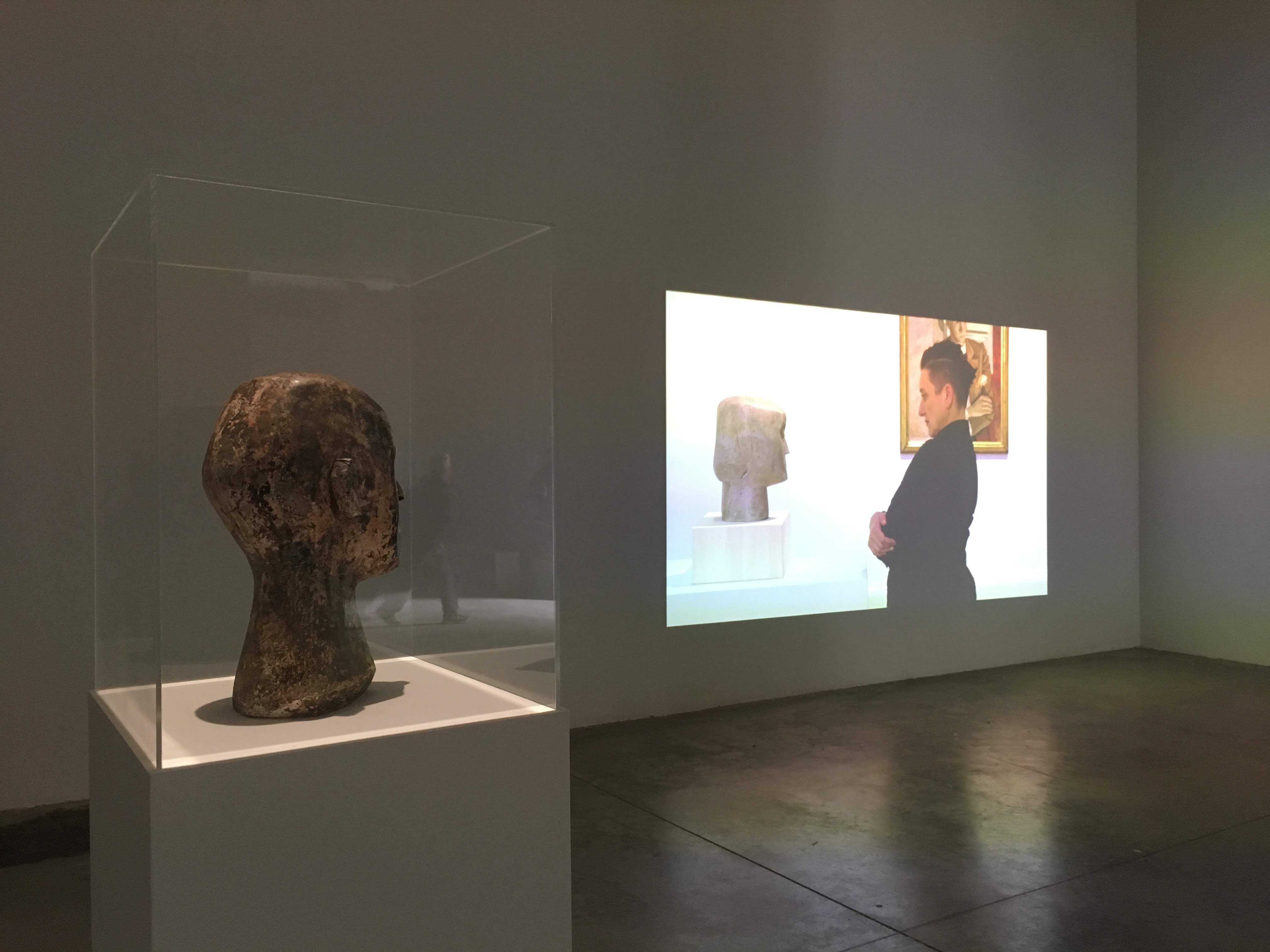 Thu. 23. May. 2019
Thu. 23. May. 2019 Fri. 24. May. 2019
Fri. 24. May. 2019 Sat. 25. May. 2019
Sat. 25. May. 2019 Sun. 26. May. 2019
Sun. 26. May. 2019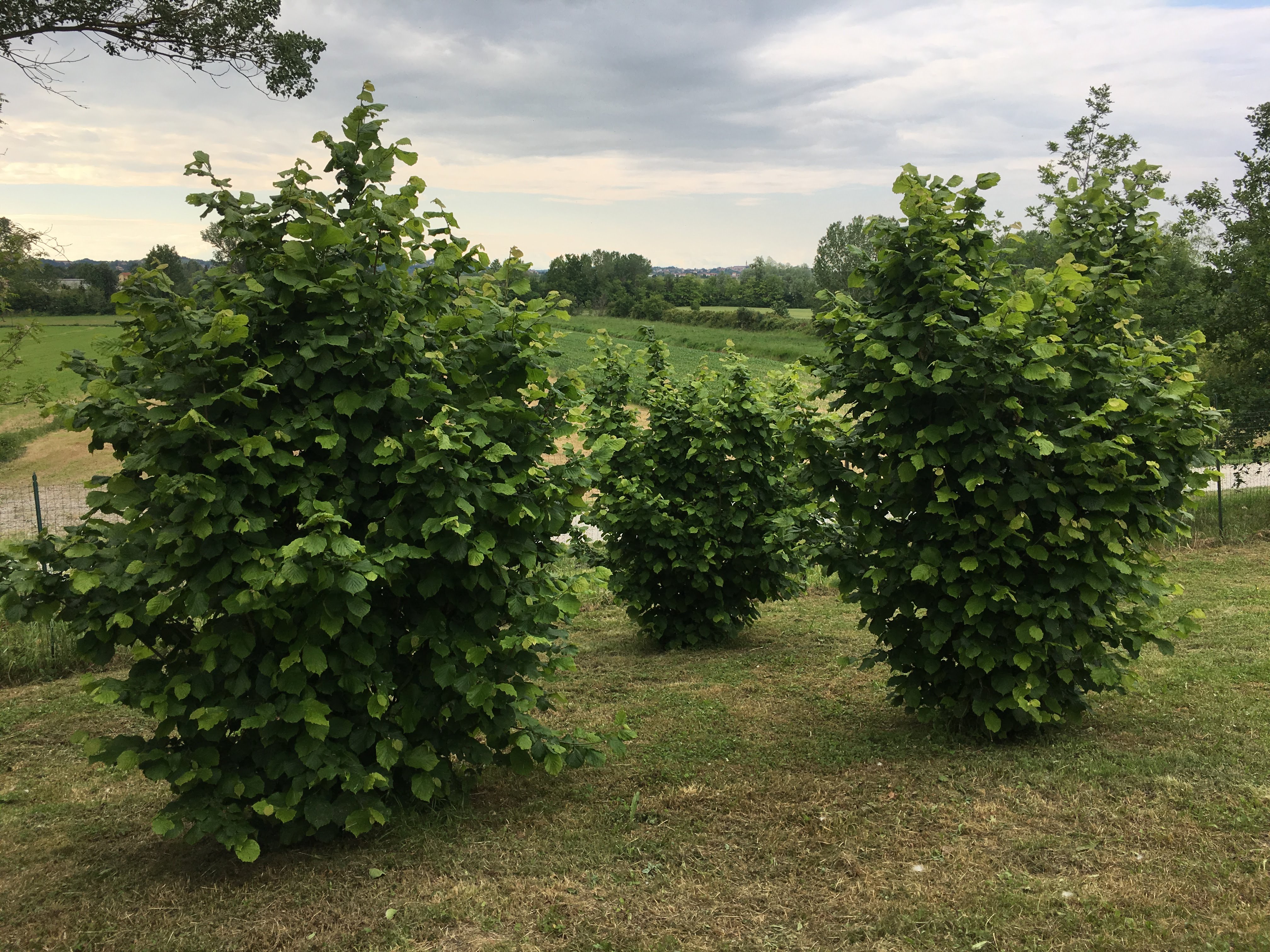 Mon. 27. May. 2019
Mon. 27. May. 2019
 Tue. 28. May. 2019
Tue. 28. May. 2019
 They took me to a beautiful dinner place for my last supper to try truffle pasta. It was really amazing. They said it is traditional recipe and I felt that people here have been too gourmet since long history. And they gave me a very special wedding gift which is a sort of hammock for a couple made in
They took me to a beautiful dinner place for my last supper to try truffle pasta. It was really amazing. They said it is traditional recipe and I felt that people here have been too gourmet since long history. And they gave me a very special wedding gift which is a sort of hammock for a couple made in



 “The world is very small when you are away and very big in the same city.” Mariko Hori
“The world is very small when you are away and very big in the same city.” Mariko Hori Thu. 16. May. 2019
Thu. 16. May. 2019 Fri.17. May. 2019
Fri.17. May. 2019 Sat. 18. May. 2019
Sat. 18. May. 2019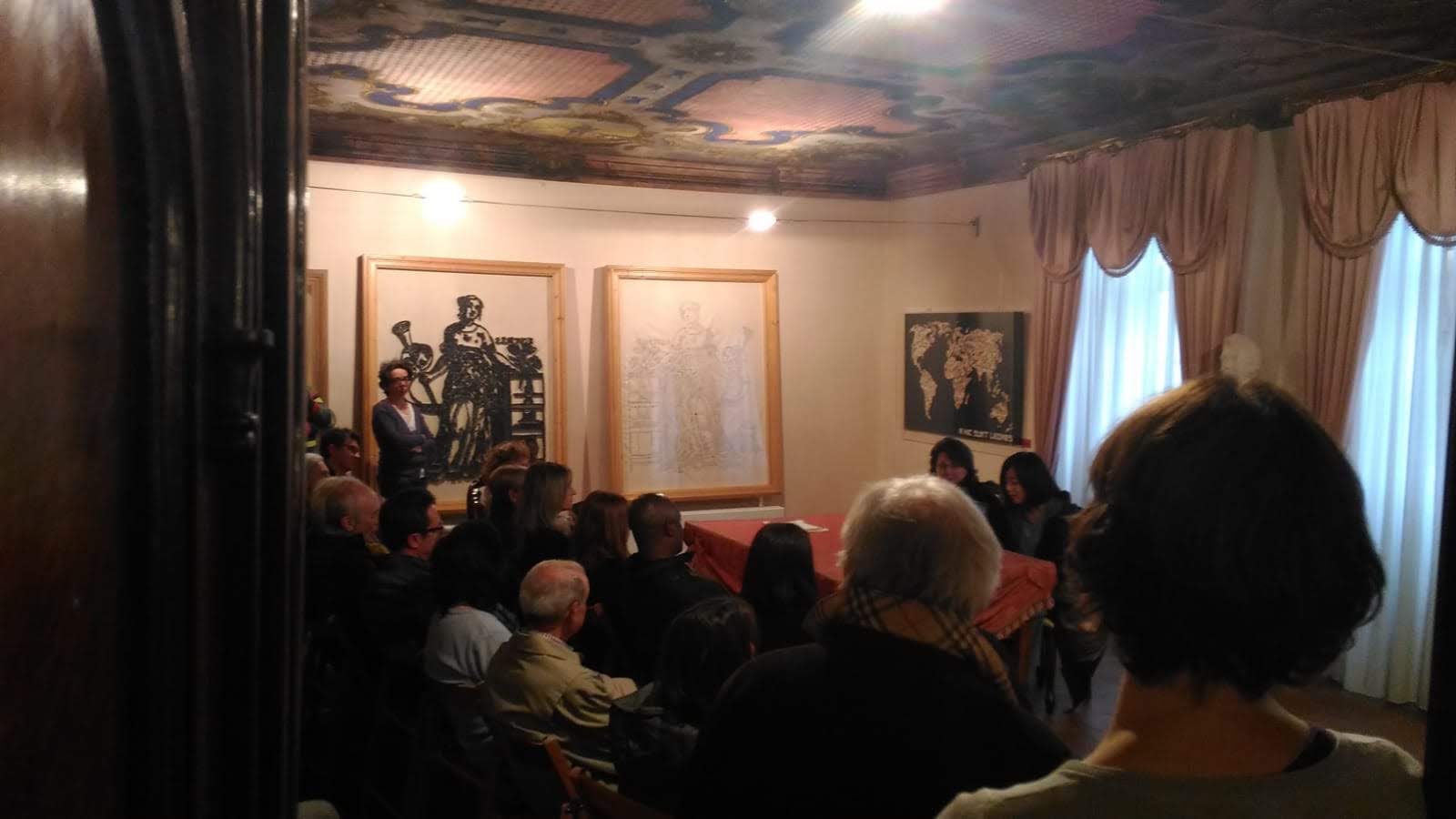 Sun. 19. May. 2019
Sun. 19. May. 2019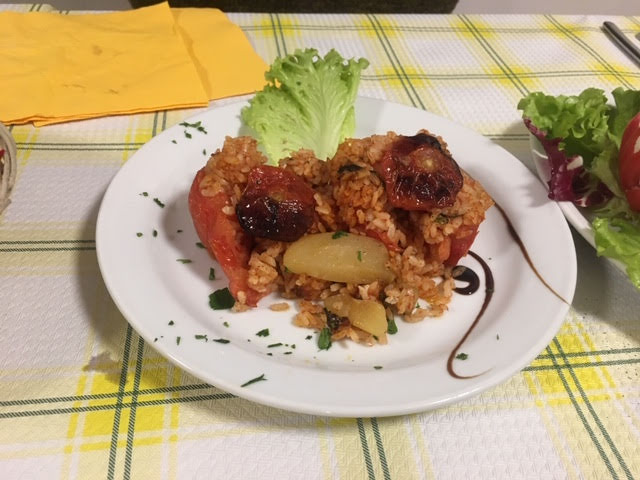 Mon. 20. May. 2019
Mon. 20. May. 2019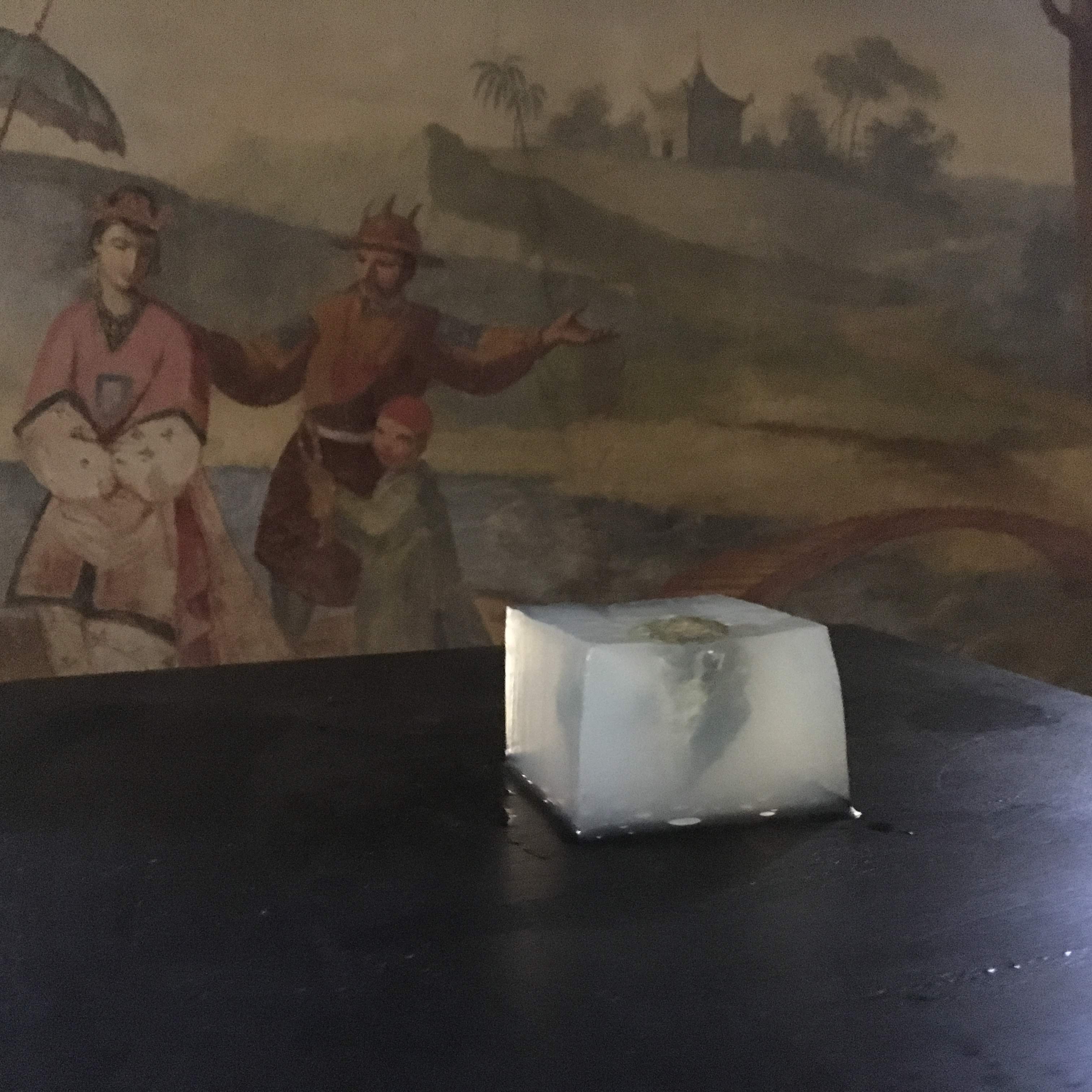 Un curatore condivide con l’artista una vita interiore tanto piena quanto vuota. Artisti e curatori sono in una dimensione socialmente popolata. Popolata anche se mai affollata, solitaria anche se non triste. Ma il privilegio del rapporto artista-curatore, così come mi è apparso fin dall’inizio del mio interagire con Mariko Hori, è stato in questo caso uno dei più rappresentativi della dinamica di curatela artistica che il progetto Artegiro teorizza e pratica. Privilegio forse non è la giusta definizione per quello che è un reciproco flusso rigoroso di idee e pratiche che somigliano più al sentimento di scoperta e scambio tipico dell’amicizia intellettuale che a un esercizio accademico. Nell’amicizia adulta in particolare si praticano in fondo capacità critica, spirito di collaborazione, una comunione di intenti, generalmente caratterizzati da una serenità che è appunto tipica dell’amicizia. Il rigore professionale accompagna l’artista e il curatore che lavorano ad un progetto che è comune, in quanto l’artista condivide il proprio progetto che generalmente è in divenire e il curatore ne abbraccia l’afflato, così come tutto il peso specifico. Qui, però a un certo punto, tra Mariko e me è entrata la gelatina. Mariko ha infatti prodotto degli straordinari bonbons di gelatina d’alga, ispirati al sambuco e al bosco. Mi ha spiegato che dovevano però restare per tre o quattro giorno al vento, per potersi cristallizzare all’esterno. La creazione di questi bonbon rientrava nel suo obiettivo di catturare il MA. Tra Mariko e me c’è un sacco di MA, siamo insieme in una gelatina che si cristallizza all’aria del mondo che essendo nomadiche entrambe è oggi a Conzano, domani a Venezia, dopodomani a Firenze, la settimana prossima a Amsterdam e così via. ( fine parte 1).
Un curatore condivide con l’artista una vita interiore tanto piena quanto vuota. Artisti e curatori sono in una dimensione socialmente popolata. Popolata anche se mai affollata, solitaria anche se non triste. Ma il privilegio del rapporto artista-curatore, così come mi è apparso fin dall’inizio del mio interagire con Mariko Hori, è stato in questo caso uno dei più rappresentativi della dinamica di curatela artistica che il progetto Artegiro teorizza e pratica. Privilegio forse non è la giusta definizione per quello che è un reciproco flusso rigoroso di idee e pratiche che somigliano più al sentimento di scoperta e scambio tipico dell’amicizia intellettuale che a un esercizio accademico. Nell’amicizia adulta in particolare si praticano in fondo capacità critica, spirito di collaborazione, una comunione di intenti, generalmente caratterizzati da una serenità che è appunto tipica dell’amicizia. Il rigore professionale accompagna l’artista e il curatore che lavorano ad un progetto che è comune, in quanto l’artista condivide il proprio progetto che generalmente è in divenire e il curatore ne abbraccia l’afflato, così come tutto il peso specifico. Qui, però a un certo punto, tra Mariko e me è entrata la gelatina. Mariko ha infatti prodotto degli straordinari bonbons di gelatina d’alga, ispirati al sambuco e al bosco. Mi ha spiegato che dovevano però restare per tre o quattro giorno al vento, per potersi cristallizzare all’esterno. La creazione di questi bonbon rientrava nel suo obiettivo di catturare il MA. Tra Mariko e me c’è un sacco di MA, siamo insieme in una gelatina che si cristallizza all’aria del mondo che essendo nomadiche entrambe è oggi a Conzano, domani a Venezia, dopodomani a Firenze, la settimana prossima a Amsterdam e così via. ( fine parte 1). Thu. 9. May. 2019
Thu. 9. May. 2019 Fri.10. May. 2019
Fri.10. May. 2019 Sat. 11. May. 2019
Sat. 11. May. 2019 Sun. 12. May. 2019
Sun. 12. May. 2019
 Tue. 14. May. 2019
Tue. 14. May. 2019 Wed. 15. May. 2019
Wed. 15. May. 2019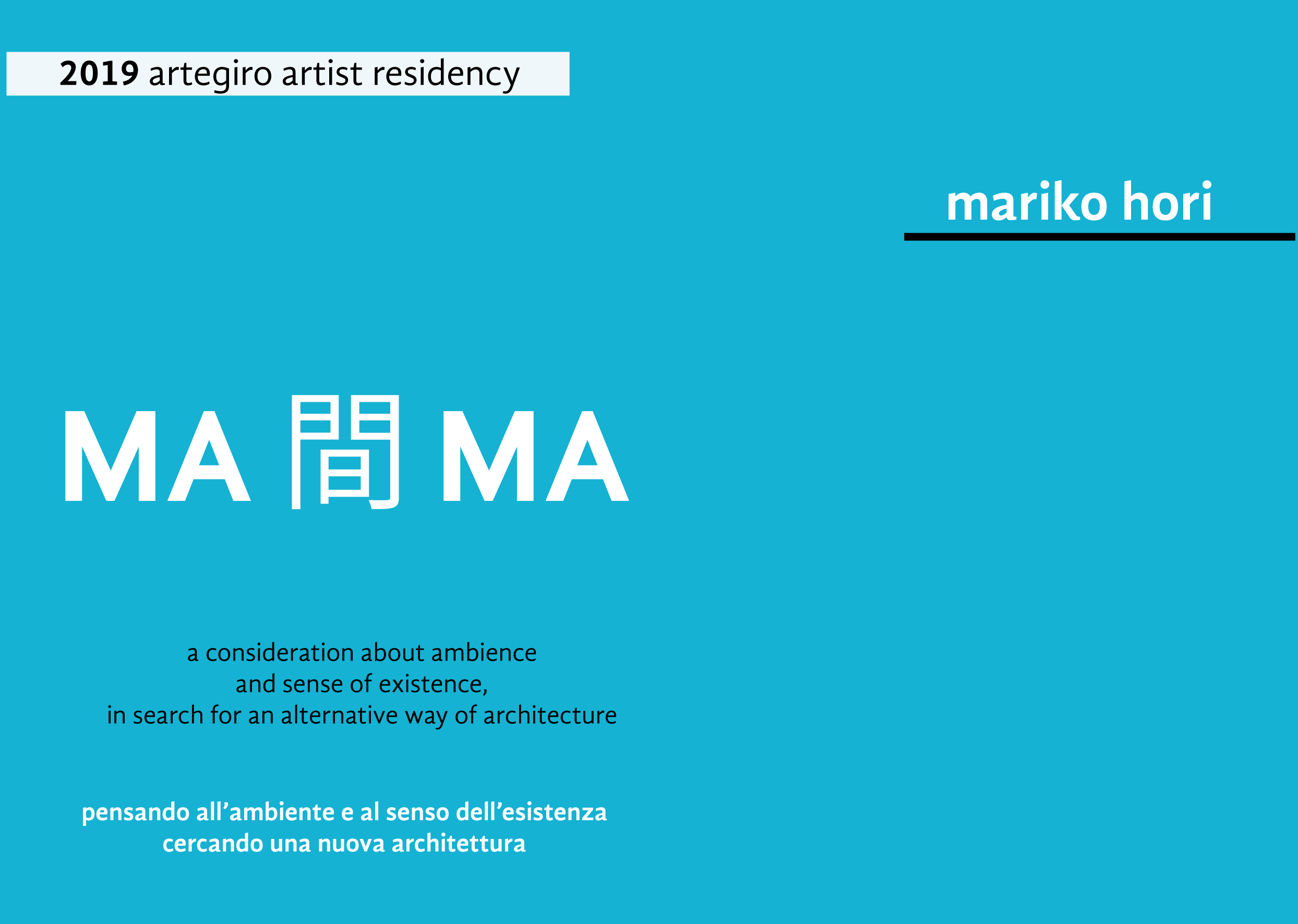








 In questa fortunata posizione di osservatore e accompagnatore che svolgo dal 2010 in quanto curatore di Artegiro Contemporary Art, ho notato che l’artista in residenza , in questa sorta di sfida scelta autonomamente che è la residenza artistica, sembra essere predisposto per la creazione, è sempre pronto all’espressione.
In questa fortunata posizione di osservatore e accompagnatore che svolgo dal 2010 in quanto curatore di Artegiro Contemporary Art, ho notato che l’artista in residenza , in questa sorta di sfida scelta autonomamente che è la residenza artistica, sembra essere predisposto per la creazione, è sempre pronto all’espressione.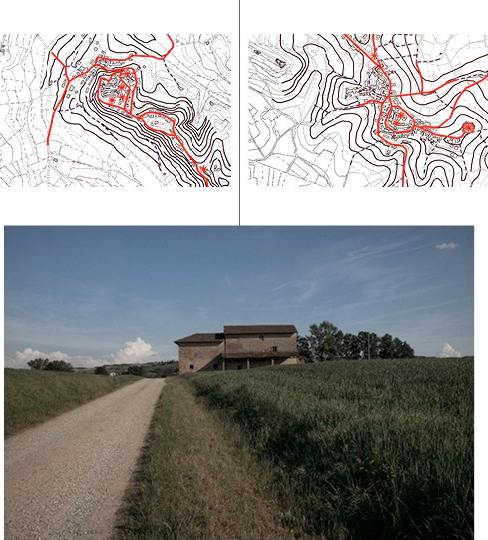





 Qarm Qart è uno degli artisti partecipanti a COCOAA 2018 Homo Sacer, con l’opera Untitled with NoName ( 2018). Qarm è stato già partecipante con due opere della serie IO LEGO, all’edizione COCOAA 2017.
Qarm Qart è uno degli artisti partecipanti a COCOAA 2018 Homo Sacer, con l’opera Untitled with NoName ( 2018). Qarm è stato già partecipante con due opere della serie IO LEGO, all’edizione COCOAA 2017.
 Ana Vujovic è uno degli artisti partecipanti a COCOAA 2018 Homo Sacer, già residente dell’ Artegiro Artist Residency nel 2017.
Ana Vujovic è uno degli artisti partecipanti a COCOAA 2018 Homo Sacer, già residente dell’ Artegiro Artist Residency nel 2017.